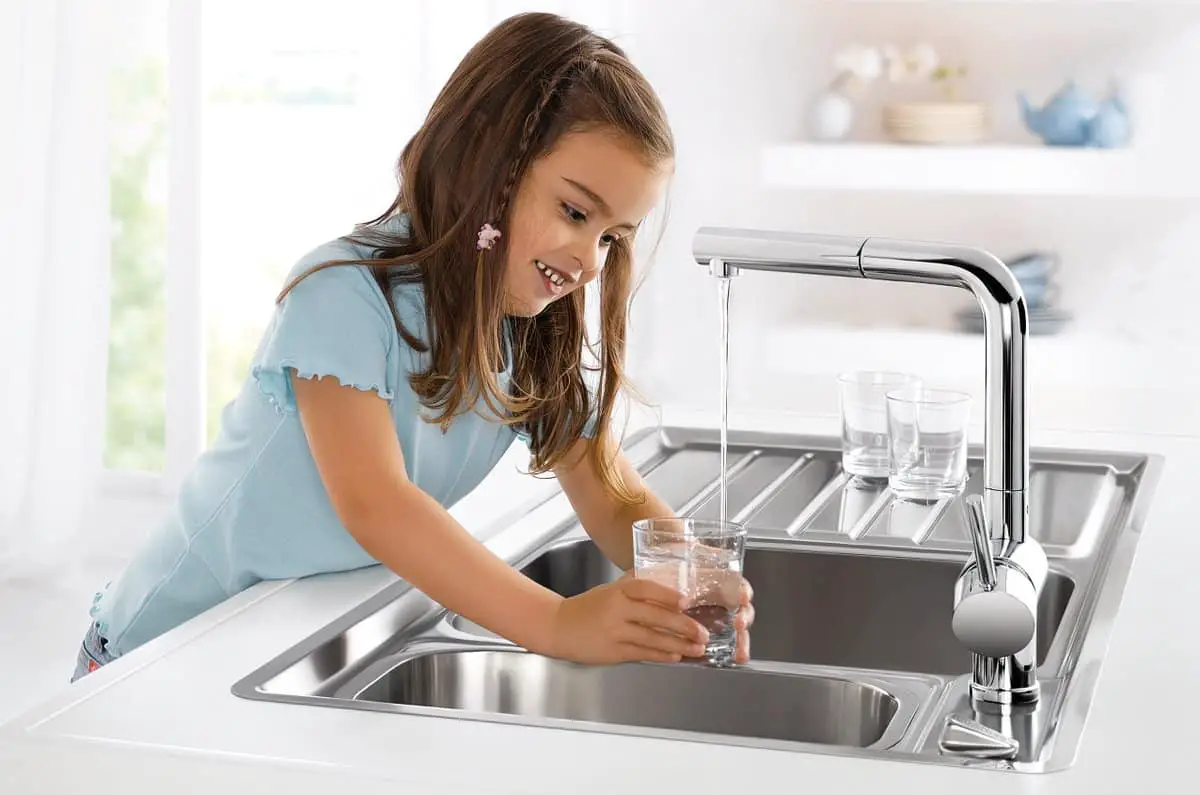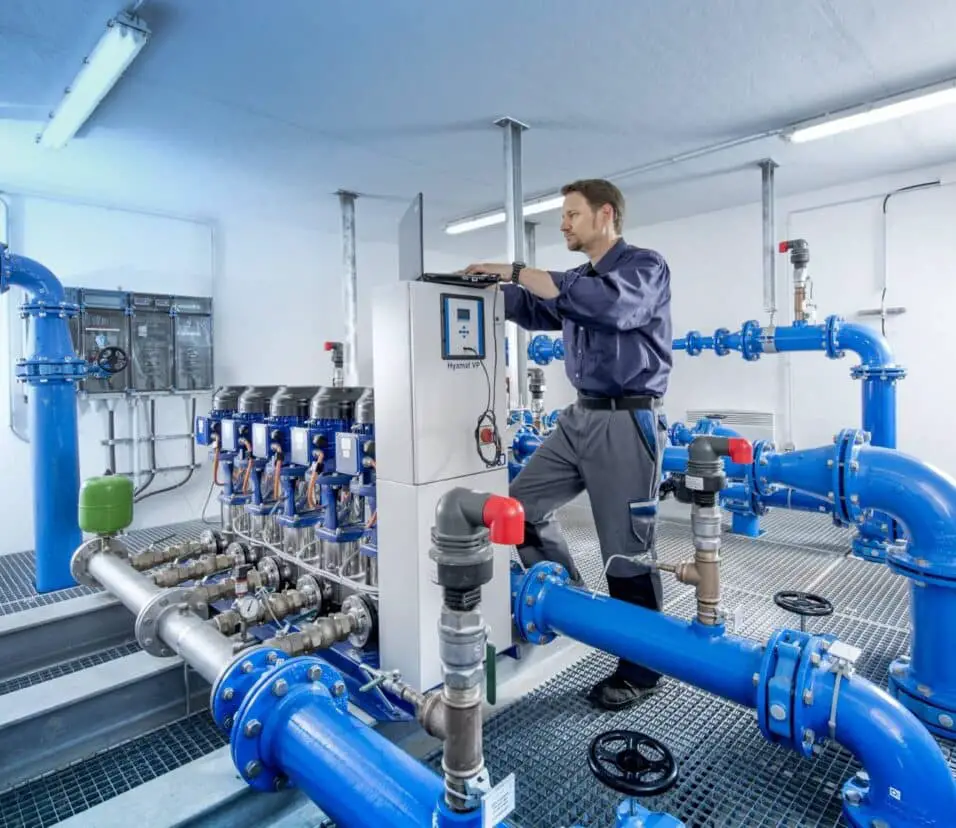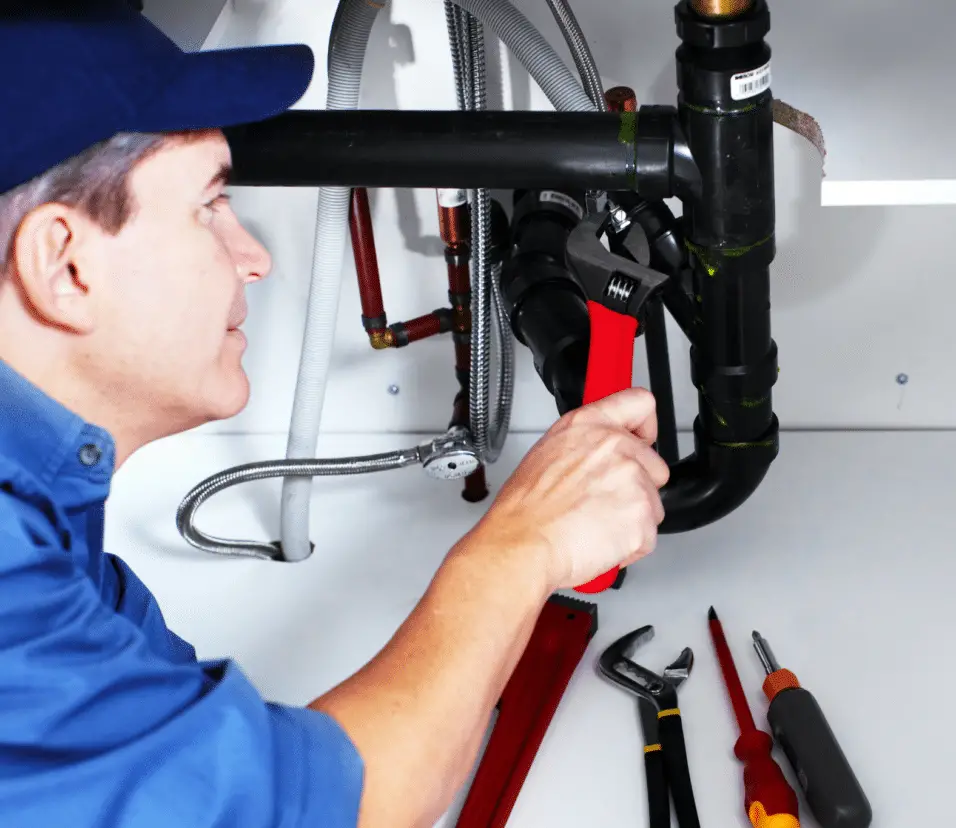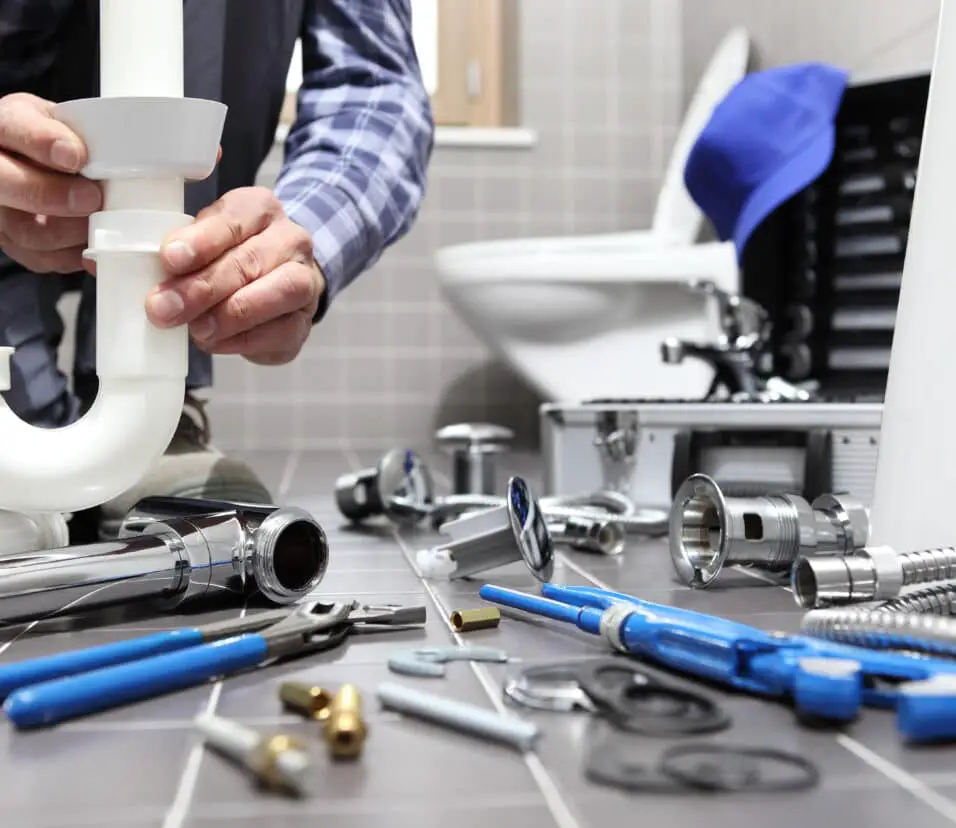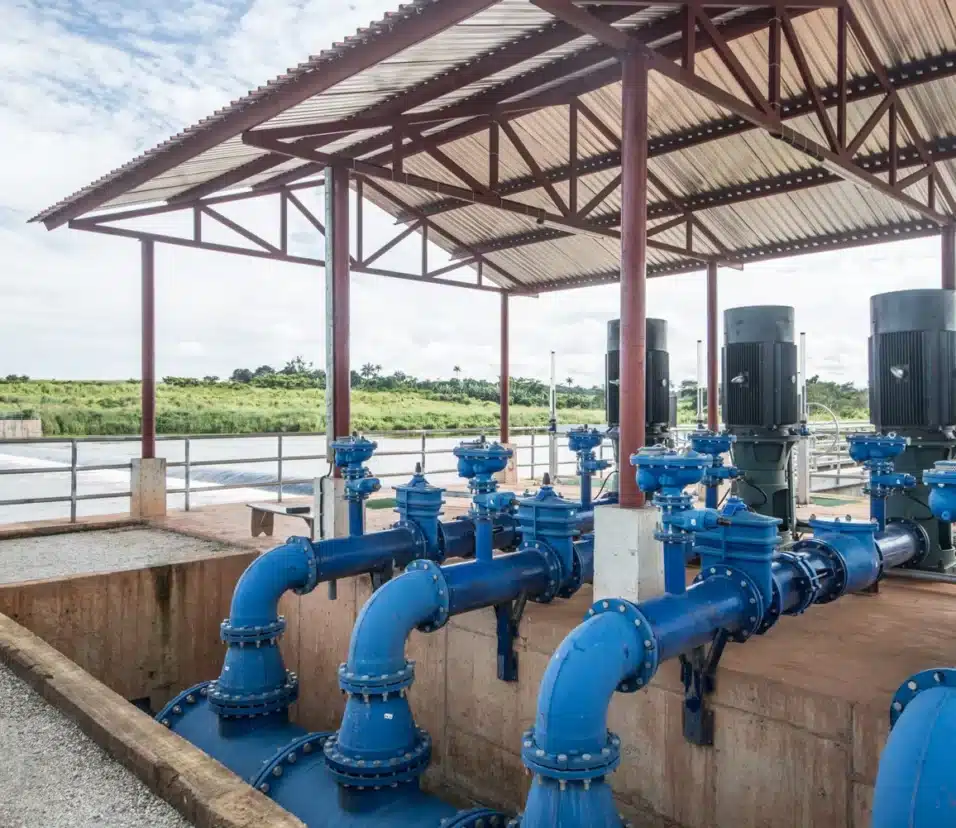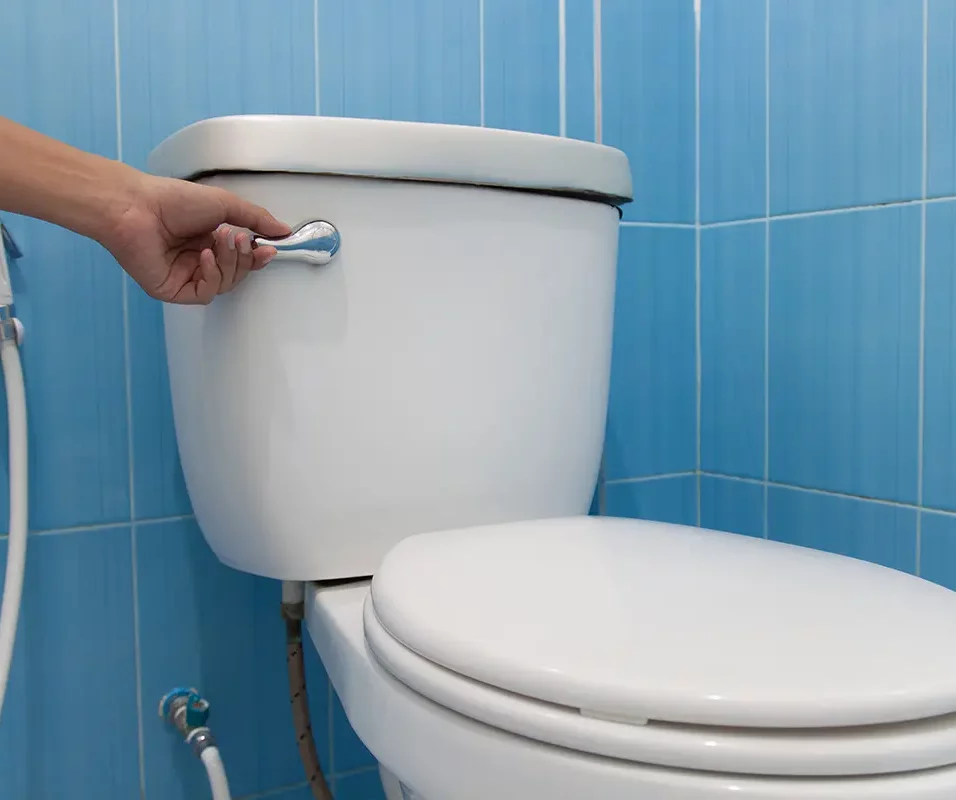How To Connect Sink To Water Supply
Introduction
Sink-Water Supply Connection: Plumbing installations and restorations require mastering sink-water connection. Understanding the proper techniques helps ensure a smooth water flow to your sink, preventing leaks. This article provides three brief introductions to connecting a sink to the water supply, with helpful tips and step-by-step instructions.
Whether you’re a seasoned DIY enthusiast or a homeowner embarking on a kitchen or bathroom remodeling project, connecting your sink to the water supply is a fundamental skill to possess. Proper installation guarantees a reliable water source, preventing any mishaps or water-related complications. Within this guide, we offer three paraphrased introductions that delve into the essential techniques and considerations required to execute this task successfully.
The process of connecting a sink to a water supply may seem daunting, especially for those unfamiliar with plumbing tasks. However, with the right knowledge and guidance, this crucial step can be accomplished with confidence and ease. In the following sections, we present three paraphrased introductions, each designed to provide you with a comprehensive understanding of the methods and precautions involved in connecting your sink to the water supply accurately.
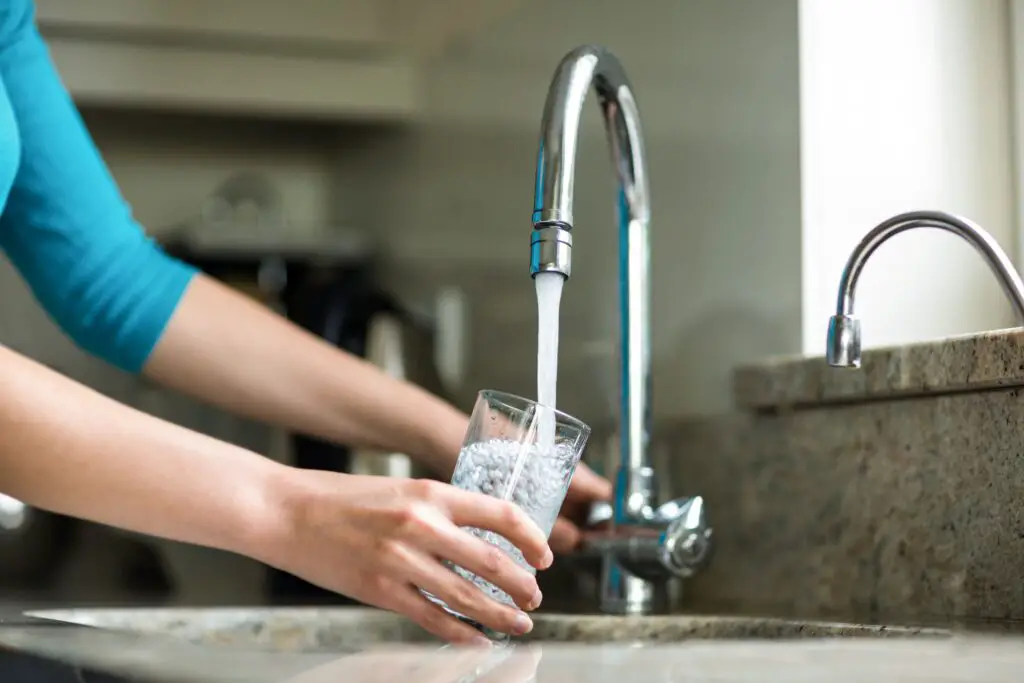
What are supply lines for a sink?
Water supply lines, made of metal or plastic, carry water from the main line to showers, sinks, and toilets.
Sinks need supply lines to bring water from the main water source to their fixtures. These conduits maintain water flow for sink activities like dishwashing, handwashing, and personal hygiene.
Supply lines, usually braided stainless steel or reinforced PVC, connect faucet water outlets to sink water shut-off valves. These shut-off valves make sink repairs and maintenance easy by controlling water flow.
Supply lines vary in length to accommodate sink-water source distances. For rare instances, sink supply lines can be longer than 12–20 inches. These leak-resistant, sturdy, and flexible lines can bear daily sink pressure and movements.
What is a supply line for bathroom sink?
These supply lines are the connections between your water valves and your sink faucet. Over time, these supply lines can wear out, especially around the connections.
The supply line for a bathroom sink brings water from the main water source to the faucet. It’s essential for a constant bathroom sink water flow. Flexible materials like braided stainless steel or plastic make supply lines easy to install and adapt to different sink arrangements.
These lines connect water shut-off valves under the sink or in the bathroom cabinet to faucet handles. Hot and cold water are transported by supply lines, allowing customers to change water temperature. They vary in length to accommodate sink distances from the water supply.
Preventing leaks, drips, and water damage requires regular supply line maintenance and inspection. To maintain bathroom sink operation and safety, replace outdated or damaged supply lines. Supply lines are essential to any bathroom plumbing system because they make daily duties easier and more efficient.
Which pipe is used for kitchen sink?
PVC Pipes
1. PVC Pipes. PVC is a plumbing pipe known for its versatility, lightweight, and blockage resistance. That PVC piping is generally used as part of a sink, toilet, or shower drain line, though it’s sometimes used as a home’s main water supply pipe.
In kitchen plumbing, two main types of pipes are commonly used for the kitchen sink: supply pipes and drain pipes.
These pipes are responsible for delivering fresh, potable water to the kitchen sink. Most modern kitchen sinks use copper pipes or PEX (cross-linked polyethylene) pipes for the supply lines. Copper pipes are durable and resistant to corrosion, making them a popular choice for water supply in both residential and commercial settings. On the other hand, PEX pipes offer flexibility, ease of installation, and are less expensive compared to copper pipes.
Drain pipes are responsible for carrying wastewater away from the kitchen sink. The most common material used for kitchen sink drain pipes is PVC (polyvinyl chloride). PVC pipes are lightweight, affordable, and resistant to chemical corrosion, making them ideal for handling kitchen sink waste.
When selecting pipes for your kitchen sink, it’s essential to consider factors like water pressure, local building codes, and your budget. Professional plumbers can provide valuable advice on the best type of pipes to use based on your specific needs and local regulations. Ensuring the proper installation and maintenance of these pipes will help maintain a well-functioning and efficient kitchen plumbing system.
What is pipe under sink called?
Trap: A P-trap is a two-part pipe under your sink that allows waste and water to pass through. The bend in the pipe prevents sewer gasses from entering.
The pipe under the sink is commonly known as the “sink drain pipe” or “sink drain assembly.” This crucial component is responsible for carrying away used water and waste from the sink to the main drainage system of the building or home. The sink drain pipe typically consists of several interconnected parts, including the tailpiece, P-trap, and horizontal pipe leading to the main drain.
The tailpiece is a straight pipe connected directly to the sink’s drain outlet. It extends downward and connects to the P-trap, which is a distinctive U-shaped pipe. The P-trap’s design is essential as it holds a small amount of water, creating a water seal that prevents sewer gases from rising back into the sink and causing unpleasant odors.
From the P-trap, another horizontal pipe, often referred to as the “waste arm” or “drain arm,” continues to the wall or floor where it eventually joins the main drainage system.
What is the water flow of kitchen sink?
Sink Faucet
Look for the printed gpm on the aerator side to see how much water is flowing out of your sink.
Kitchen sink water flow is the rate at which the faucet delivers water when turned on. Flow rate, measured in gallons per minute (GPM), depends on faucet design and size, water pressure, and plumbing system.
Most kitchen sink faucets have a 1.5 to 2.2 GPM flow rate, which is adjusted to conserve water and improve efficiency. Aerators and flow restrictors on certain modern faucets decrease flow to save water without sacrificing performance.
Daily tasks including cooking, dishwashing, and handwashing depend on kitchen sink water flow. Water conservation must be balanced with practical needs. Low water flow can make tasks laborious and time-consuming, while high flow rates can waste and raise utility expenditures.
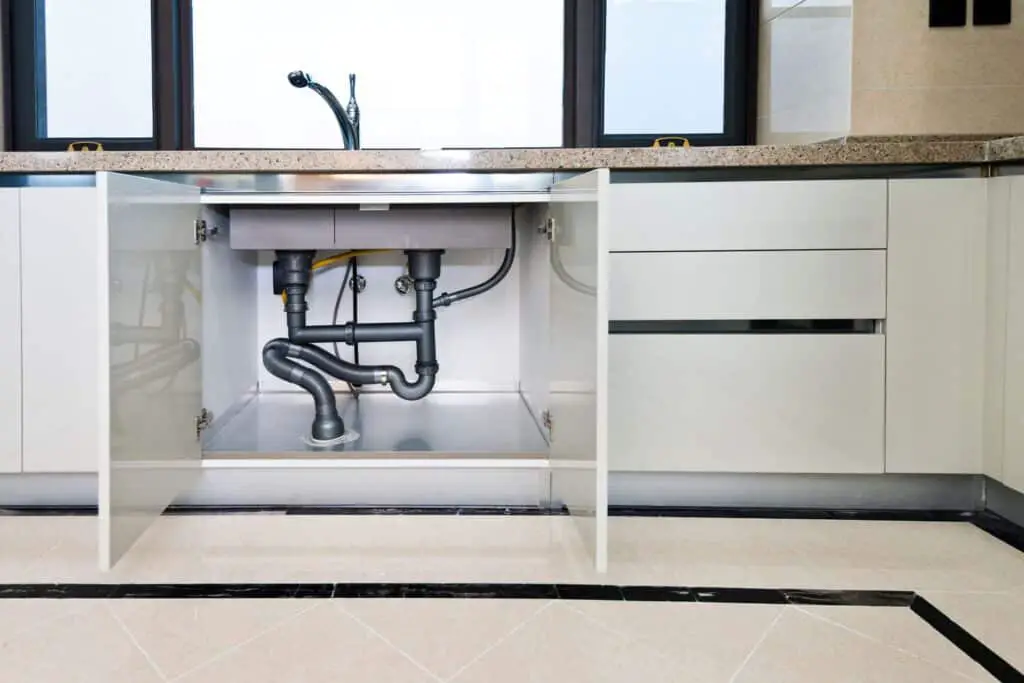
What size is a sink connection?
A typical bathroom sink faucet has a supply line that is 3/8″ diameter. The most common size for supply lines is 3/8″, but there are also 1/2″ and 5/8″ sizes. The size of the supply line should match the size of the faucet body. A larger faucet will require a larger supply line, and vice versa.
The size of a sink connection, also known as the sink drain, typically depends on the standard plumbing specifications in the region or country. In the United States, the most common size for a sink drain is 1.5 inches in diameter. This size is prevalent in residential settings and is sufficient for handling the wastewater generated from a standard household sink.
However, in commercial or industrial settings where larger sinks are used, such as in restaurants or commercial kitchens, the sink connection size might be larger. It is not uncommon to find sink connections with a diameter of 2 inches or even larger to accommodate the higher volume of wastewater.
When replacing or installing a sink drain, it is essential to ensure that the new connection matches the existing plumbing setup. Additionally, using the correct size ensures proper water drainage and prevents potential clogs and backups.
Which position is best for kitchen sink?
Vastu recommends placing the kitchen sink in the north direction in a south-facing kitchen. Southeast-built kitchens should have the sink toward the northeast.
The position of the kitchen sink is a crucial aspect to consider when designing or renovating a kitchen. Finding the best location for the sink can significantly impact the functionality and efficiency of the workspace. There are a few key factors to take into account when determining the ideal position for the kitchen sink.
Firstly, the proximity to the main kitchen work areas should be considered. Placing the sink close to the stove and refrigerator facilitates seamless movement between preparation, cooking, and cleaning, streamlining the cooking process. This “work triangle” concept is a popular design principle in kitchen layouts.
Secondly, the kitchen’s layout and available space play a vital role in sink placement. Placing the sink near a window can offer pleasant views and natural light while washing dishes, making the task more enjoyable.
What is normal sink water pressure?
Between 45-80 psi
Normal water pressure range
In general, residential water pressure ranges between 45-80 psi (pounds per square inch). If your water pressure is under 40 psi, it’s considered low. A psi between 20-30 is considered very low, and under the minimum water pressure required by most building codes.
Normal sink water pressure typically falls within a range of 40 to 60 pounds per square inch (psi). This pressure range ensures a steady and efficient flow of water from the tap for various daily tasks such as washing dishes, hands, and filling containers. The water pressure can vary depending on the location and the specific water supply system in place.
Average sink water pressure in urban areas with well-maintained municipal water supplies is steady and within the standard range. In rural or isolated places where water comes from wells or private water systems, pressure may fluctuate more due to factors including water table level, pump capacity, and distribution pipe condition.
Water pressure should not exceed this range since it can stress plumbing components and cause leaks or bursts.
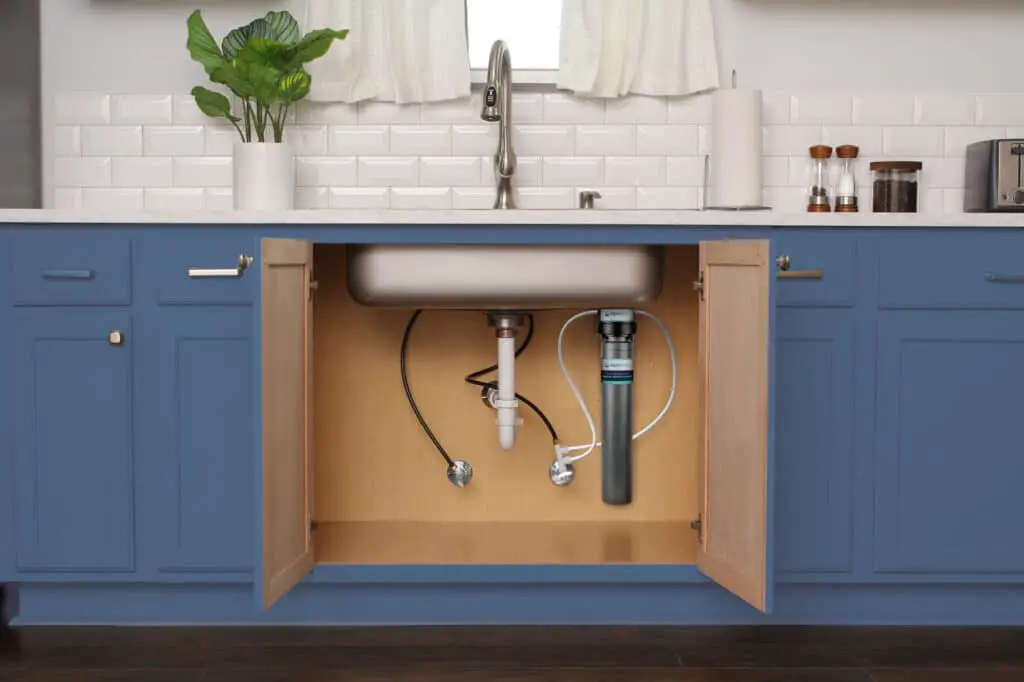
Conclusion
To finish, any plumbing construction or upgrade must have a functional sink-water supply connection. By carefully following this guide, you can confidently complete the task and ensure water flows smoothly to your sink. To avoid water damage and provide a reliable sink water supply system, use the right materials, tools, and double-check for leaks.
As we wrap up this guide on how to connect your sink to the water supply, it becomes evident that this process is a vital component of any kitchen or bathroom plumbing project. The three paraphrased conclusions highlighted the importance of meticulous planning, precision during installation, and thorough inspection to ensure a successful connection. By adhering to these principles, you can avoid common pitfalls and create a Sink Faucet reliable water supply linkage for your sink, contributing to the overall functionality and convenience of your home plumbing system.
Landscape lighting is an essential element in creating a visually appealing and functional outdoor space. By strategically designing and implementing lighting fixtures, you can enhance the beauty of your landscape while improving safety and usability during the evening hours. This guide will provide you with a step-by-step process to design landscape lighting that will transform your outdoor area into a stunning and inviting environment.



